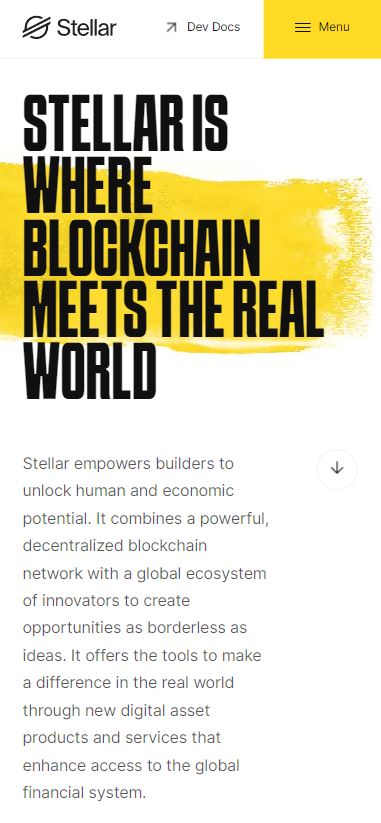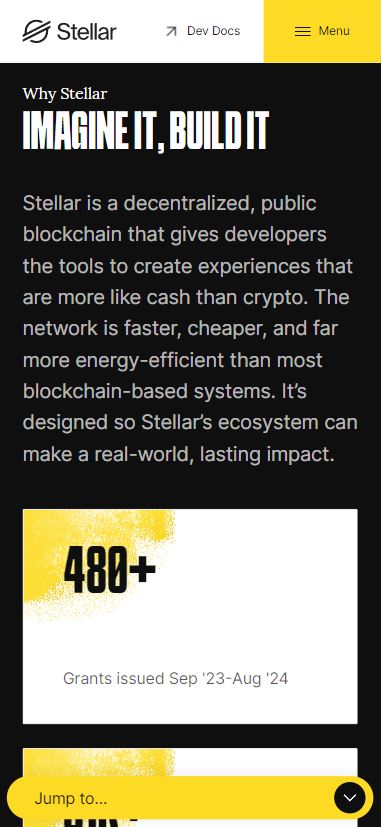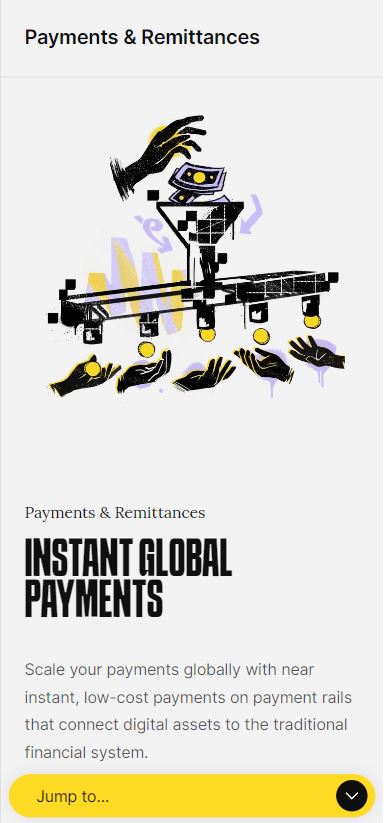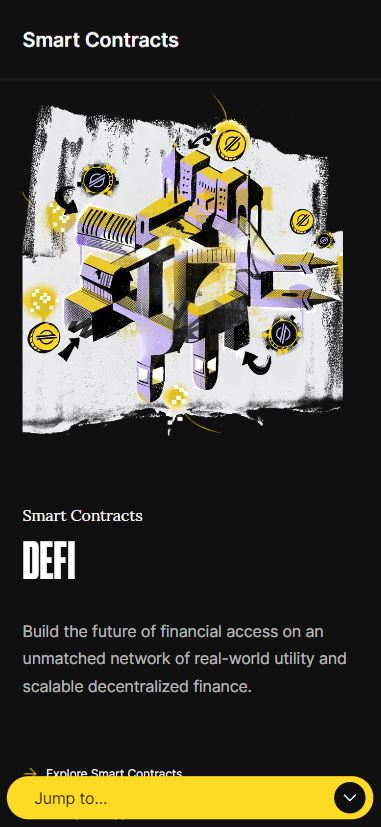About Stellar Lumens (XLM)
Stellar Lumens (XLM) is the cryptocurrency that powers the Stellar network, which is designed to facilitate fast, low-cost, and secure cross-border payments. Stellar’s mission is to integrate the global financial system, connecting banks, payment systems, and individuals, while providing a platform for businesses and developers to benefit from seamless, affordable transactions.
What is Stellar Lumens (XLM)?
Stellar (XLM) is a decentralized, peer-to-peer financial network launched in 2014 by the Stellar Development Foundation. The platform functions as a cross-border payment system, enabling quick and inexpensive money transfers between financial institutions, such as banks, and individuals. Similar to how the internet allows the global exchange of information, Stellar aims to achieve the same for financial assets. It is not a business or a bank; rather, it is a nonprofit, open-source network managed by the Stellar Development Foundation (SDF). The native currency of the Stellar network, XLM (Lumens), facilitates transactions on the platform and serves as a means to pay transaction fees.
How does Stellar Lumens (XLM) work?

Stellar uses distributed ledger technology (DLT), which is decentralized and open-source. Its native token, XLM, powers the network and supports the cross-border transfer of money, allowing faster and cheaper transactions compared to traditional banking systems. When money is sent through Stellar, it is first converted into XLM, transferred via the blockchain, and then converted into the desired currency at the destination. For instance, a payment from Japan to Mexico would first convert Japanese yen to XLM, send it across the network, and then convert it into Mexican pesos.
Stellar is designed to be interoperable with both traditional financial systems and cryptocurrencies, enabling digital representations of assets to be used as Stellar tokens. These tokens can be exchanged for the base asset, making transactions on the blockchain secure and efficient. To maintain network security, users must hold at least one XLM token to remain active on the network. Importantly, Stellar operates in a decentralized manner, meaning no single entity controls transactions, and the network can continue to function even if certain servers fail or go offline.
Potential Use Cases for Stellar Lumens (XLM)
Stellar’s primary use case revolves around cross-border payments, aiming to address the slow and costly processes associated with traditional financial systems. It supports multi-currency transactions, helping businesses streamline their international operations. One of Stellar’s unique features is the concept of “Anchors,” which act as intermediaries that facilitate currency exchange within the network, speeding up transactions and ensuring a seamless experience for users.
History of Stellar Lumens (XLM)
Stellar was founded by Jed McCaleb and lawyer Joyce Kim in 2014 after McCaleb left Ripple Labs due to differences over the company’s direction. McCaleb’s vision was to create a system that could bridge the gap between fiat (government-backed money) and cryptocurrencies, while removing the barriers and costs typically associated with sending money across borders. McCaleb, who is currently the CTO of Stellar, founded the project as a nonprofit organization with the goal of improving financial inclusion and empowering individuals. While Stellar initially built upon Ripple’s protocol, it underwent a hard fork to create its own blockchain, which has since been rewritten to better suit its goals.
Can I mine or stake Stellar Lumens (XLM)?
Unlike cryptocurrencies such as Bitcoin, Stellar Lumens (XLM) cannot be mined or staked to earn rewards. Instead of using a traditional proof-of-work mining model, Stellar operates on a unique consensus mechanism known as the Stellar Consensus Protocol (SCP). This protocol limits transaction validation to a set of trusted nodes, rather than relying on a decentralized network of miners. This enables faster and more secure transaction processing without the need for mining, making Stellar more energy-efficient compared to traditional proof-of-work systems.


























Harran –
Father of Blockchain in the World